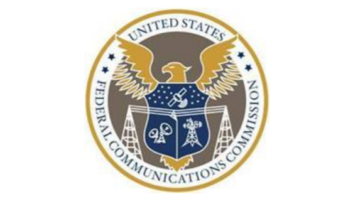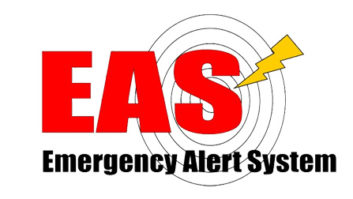EAS Gets an Update
Feb 1, 2012 3:00 AM
Jan. 10 will be a day the EAS crowd remembers. That’s when the FCC released its fifth report and order on EAS and the Common Alerting Protocol (CAP). The 130-page R&O addresses many of the ongoing concerns with EAS, but there are still a few details that are not yet settled. So what’s new? Here’s an overview.
Some of the more recent EAS questions involve CAP and its details. Stations have been required to be capable of receiving CAP-encoded alerts for a few months, even though few emergency management agencies can actually send them, but questions still remain. One hotly debated element of CAP was the requirement for stations to be able to receive CAP-formatted messages from state governors. The fifth R&O eliminates this requirement.
Another burning question related to EAS participants was the use of CAP converters, rather than purchasing a new EAS unit with CAP capability. The converters essentially translate the CAP data for a legacy EAS unit to understand. Until the R&O, it was unclear if EAS participants could use these converters, referred to as intermediary devices, to fulfill their CAP obligation. Now they can.
The EAS CAP Industry Group (ECIG), a consortium of EAS manufacturers and service providers, prepared the CAP Implementation Guide (IG) to help broadcasters and alert originators apply CAP capabilities into the existing EAS. This R&O recognizes that group’s Implementation Guide as the accepted method to convert CAP-formatted messages into the legacy EAS format. The ECIG IG is also rolled into the FCC’s established certification scheme.
With the introduction of CAP, FEMA created an Integrated Public Alert and Warning System feed for federal CAP-formatted alert messages. This information is distributed via the Internet. The new rules require EAS participants to monitor this feed. Some stations have argued that Internet service is not always readily available or reliable to all EAS units. In those cases, the FCC will waive the monitoring requirement.
But the new rules are not solely about CAP.
The EAS Operating Handbook, which is supposed to be a thorough guide for stations to implement EAS, has known shortcomings and errors. An update for the Handbook is still in the works, but the FCC is waiting until the results of the Nov. 9, 2011, national EAS test are reviewed before making changes.
The EAS Operating Handbook, which is supposed to be a thorough guide for stations to implement EAS, has known shortcomings and errors. An update for the Handbook is still in the works, but the FCC is waiting until the results of the Nov. 9, 2011, national EAS test are reviewed before making changes.
A lingering question about the legacy EBS alert tone was addressed. This tone is required to run at least 8 seconds, but had no set maximum length. Stations adopted 8 seconds as their de facto standard. The R&O now stipulates the attention tone to be no more than 8 seconds, which essentially defines the length.
And there are two lesser changes to the EAS rules. First, the Non-Participating National (NN) EAS station designation has been eliminated. Only a handful of stations applied for that status, so the FCC deemed it unnecessary. The other minor change is semantic: EAS locations to date have been referred to as FIPS (for Federal Information Processing Standard) codes. These codes remain in place, but the FCC now uses the American National Standards Institute (ANSI) system to define the same locations with the same codes. FIPS codes are now called ANSI codes.
The fifth R&O is not complete in addressing all the known issues with EAS and CAP, and some issues have been tabled until a later date. But the R&O finally addresses many of the long-standing concerns about EAS.
February 2012
WAOK uses Method of Moments modeling, IBOC update, the Tieline Bridge-IT is taken on the road, and new EAS rules are released….












